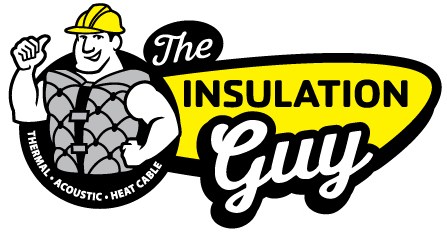
Not only does The Insulation Guy offer products to wrap air conditioner pipes and heating systems, it also offers large-format wraps to envelop tanks and ductwork.
Industrial Insulation Wraps and Blankets
Pipes are not the only aspect of industrial manufacturing that need to be insulated! Large exhaust ducts or even walls and supports can benefit from insulation wraps. These are different from removable thermal insulating blankets as they are meant for long-term use and obstruct access to equipment and infrastructure.
Duct insulation wrap envelops the circumference of HVAC ductwork to regulate heat loss or gain. It consists of bonded glass fibers sandwiched between a layer of resilient (brown or white) Kraft paper facing and aluminum foil, bound together by a flame-retardant adhesive. This jacketing material forms a vapor barrier that prevents condensation from forming, both on the outer surface of the duct or on the inner surface of the wrap. Duct insulation wrap is easily cut to fit, aesthetically adaptable, and carries additional acoustic dampening benefits.
Types of Ductwork Insulation Wrap
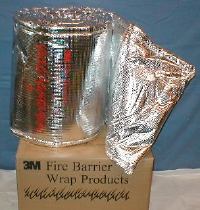
Duct wrap for grease exhaust duct, UL and FM approved.
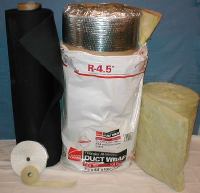
Heating, air conditioning duct, and equipment wrap, with insulation tapes
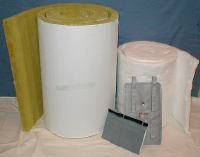
Pipe and tank wrap and ceramic fiber
Protect Your Employees and Your Bottom Line
Invest in perfectly fitted ductwork insulation wrap. Proper insulation is truly a game-changer for all industries. Not only does wrapping your ductwork save on heating and cooling costs, but it also minimizes the risk associated with employees working around equipment that runs at extreme temperatures (both hot and cold). While the list of benefits of insulation is lengthy, some of the top reasons businesses choose to insulate their facilities are:
- Energy conservation
- Cost Reduction
- Minimizing freeze and condensation risks
- Lowering Ambient Noise
- Protecting Workers

Explore Industrial Pipe Insulation
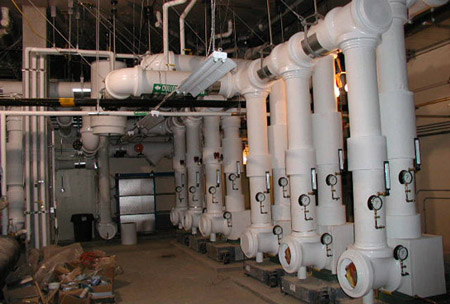
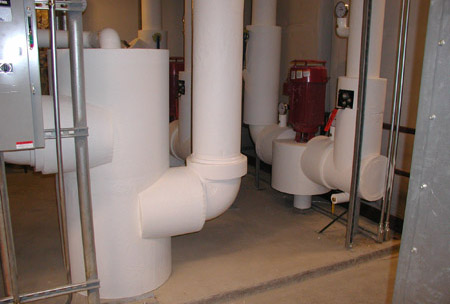
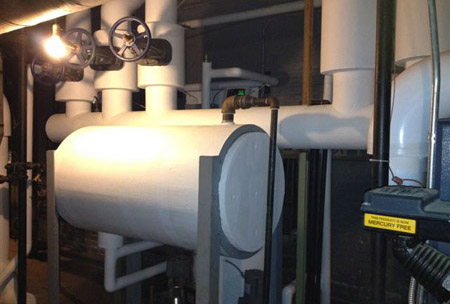
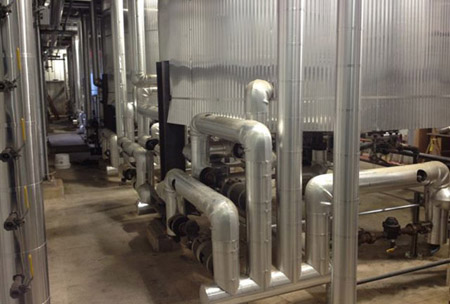
Frequently Asked Questions
What type of insulation do you use to wrap ductwork?
Does insulating ducts really work?
How do you install industrial insulation wraps on ductwork?
What industries use insulation wraps?
_1.png)
Get an Industrial Insulation Wraps and Blankets Quote Today
Keep the heat in and cold out. Save money by investing in this simple industrial insulation. Insulation wraps for temperatures 20ºF to 2700ºF are used for pipes, ducts, exhausts, stacks, grease ducts, tanks, etc. We pride ourselves in being truly knowledgeable in understanding how to solve your application and protection problems, whether simple or complex. Just call us during business hours toll-free at (888) 958-9025, or complete our Form. Learn more about what we offer and request a quote today!
